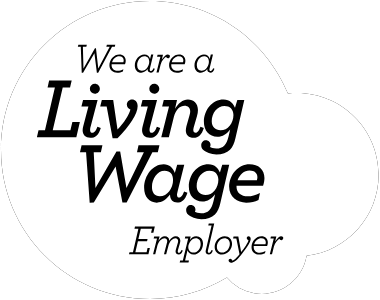As pretty much the whole world now knows, it’s all hands on deck in our epic global push towards decarbonisation.
And in the race to net zero and beyond, the spotlight is starting to shine brightly on some small, but certainly not inconsequential, key ingredients powering global industries: rare earth materials.
You probably know that these little wonders are an integral part of the tech industry, found in literally billions of our mobile phones and high-tech electronic devices. But what’s perhaps less well known is rare earth elements’ importance to the electrification and renewables industries – key pillars in our much vaunted and needed global energy transition.
Indeed, as the International Energy Agency has noted, the shift to a clean energy system is set to drive a huge increase in the requirements for rare earth minerals, which are an important component of clean energy technologies such as EVs, wind farms and solar photovoltaic plants. (And that’s before we veer into other unrelated industries, like medical devices and missiles, no less). Yup, sometimes described as the building blocks of modern technology, it’s safe to say that rare earth resources are rather in demand.
A quick sidenote: the term ‘rare earth’ materials is perhaps a bit of a confusing misnomer, as they aren’t actually ‘rare’ in the sense of being scarce: they’re just not found in concentrated volumes in one location. So it’s hard, as a consequence, to extract them in any great quantity.
And the current modus operandi of extracting and refining these highly sought-after materials involves a whole heap of fossil-fuel heavy techniques that doubtless makes more environmentally-minded souls’ eyes water even thinking about it. The process is energy-intensive, expensive and waste-generating — and that’s even before we get into the environmental and social impacts.
So finding new sources for these rare earth materials is now something that’s hoving keenly into view for those eyeing up their potential role in helping the world reach its net zero targets. But how to do this in a cleaner way?
While China has dominated production historically, increasing moves are afoot to find alternative new sources domestically closer to home. And with the projected rise in demand for rare earths, attention is turning to new, more unconventional sources and waste materials to fill this growing hole through refining innovations, rather than continuing to relentlessly extract more from the ground through intensive direct mining.
So today we’re spotlighting some of the innovators rolling up their sleeves to change the way rare earths are extracted and refined with the kind of Wilfully-minded gusto we uproariously salute.
Take, for example, innovators who are championing producing rare earths from industrial waste like coal ash. Yes, while burning coal is still on the global menu, innovators such as Rivalia Chemical are jumping in to recover this waste source and repurpose it. The company is focused on recovering rare earth elements from concentrated wastes like coal fly ash and abandoned mine drainage sludges. They’ve apparently devised a more efficient and environmentally sustainable separation process when extracting rare earth elements from solids. It’s safe to say that we’ll be watching their progress with interest.
And if we’re talking about mining waste deposits, let’s not forget about tailings, mining’s voluminous by-product. Start-up Phoenix Tailings certainly hasn’t, and is on a mission to be the world’s first clean mining and metals production company. It extracts rare earths from mining waste through a process that it says uses clean energy sources and produces zero waste, thereby creating a cleaner supply chain for subsequently produced materials too.
And a shout-out too to ucore, whose patent-pending RapidSX technology apparently separates critical metals in a novel, more cost-effective and efficient way than that of conventional solvent extraction. It’s all part of a strategy to ‘de-risk rare earth supply’ – something all stakeholders in global supply chains can doubtless fully get behind.
There are others, too, finding inspiring ways to innovate away from mining to recover rare earth resources. And one key area where it’s most needed is the fast-growing world of electric vehicles. Says the IEA: ‘In climate-driven scenarios, mineral demand for use in EVs and battery storage is a major force, growing at least thirty times to 2040.’ Yes, you did read ‘thirty’ right.
Against a backdrop of such dizzying demand, thank goodness for leaders such as Redwood Materials, one of Time Magazine’s Most Influential Companies of 2022. To address the global imperatives to electrify and accelerate the reduction of fossil fuels, Redwood Materials recognises that ‘Batteries are the solution, yet critical metals move 50,000+ miles before they reach a cell factory – a costly and unsustainable process’.
How to tackle this? Well, how about a circular supply chain of recycled components? Redwood Materials seems to have cracked this model by recycling, refining and remanufacturing battery materials that contain rare earths in a closed-loop process. According to Time, it’ll soon be able to reduce the carbon footprint of the average EV battery by 40 percent. Yowsers.
And sticking with the circular theme, check out Noveon Magnetics. Noveon is also focused on the global march towards electrification, working to recycle the rare earth elements used in magnets (which, as you may know, are essential in EVs and electric tech to create the energy and motion that powers them).
Noveon Magnetics’ patented products and processes eliminate the most environmentally harmful aspects of rare earth mining and magnet manufacturing, apparently achieving an eye-popping 90 percent energy savings compared to traditional methods, and reducing environmental impact by 50 percent.
And not a moment too soon as, according to Noveon, the demand for rare earth magnets is expected to outpace supply by 2025 – yes, that’s next year. Elsewhere, last year saw the start of construction by Neo Performance Materials of Europe’s first rare earth magnet manufacturing facility. It doesn’t take a rocket scientist to see how managing future production is increasingly becoming a very real subject for businesses across the consumer electronics, automotive, medical and other tech-heavy industries. So whether we’re talking about rare earth materials in terms of supporting the clean energy transition, reaching net zero or simply future-proofing businesses’ licence to operate, it’s clear that new sources are going to be critical as we go forward.
What will consumers make of all this, though? Alongside the world of business, many consumers have proven to be receptive to engaging in smarter resource use and embracing a circular economy approach. So as awareness of rare earth materials’ importance to their daily life crystallises, it’ll be interesting to see if we reach a point where people will be willing to pay a premium for the building blocks that underpin their lifestyles to be more sustainably produced.






